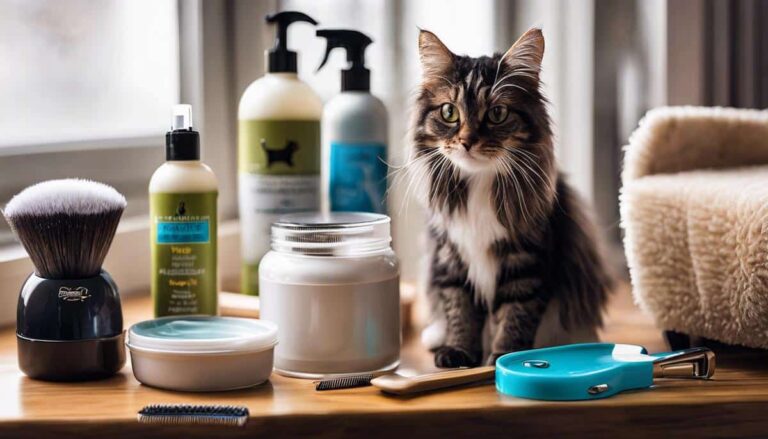Cat grooming is more than just a beauty routine; it’s a vital aspect of responsible pet care. Proper
grooming not only ensures your cat looks its best but also contributes to its overall health and well–
being. In this comprehensive guide, we’ll delve into the world of cat grooming, covering essential
tips and techniques to keep your feline companion happy, healthy, and looking fabulous.
Understanding the Importance of Cat Grooming
Maintaining a Healthy Coat
A well-groomed coat is a sign of a healthy cat. Designer Paws helps remove loose fur, dirt, and
debris, preventing matting and reducing the risk of skin irritations. It also stimulates the production
of natural oils, promoting a shiny and smooth coat.
Preventing Hairballs
Cats are meticulous groomers, but they often ingest loose fur during the process. This can lead to
the formation of hairballs in their digestive tract. Regular grooming helps minimize shedding,
decreasing the likelihood of hairball formation and promoting better digestion.
Selecting the Right Grooming Tools
Choosing the Right Brush
Different cat breeds have varying coat types, necessitating the use of specific grooming tools. For
long-haired cats, a slicker brush can effectively remove tangles and prevent matting. Short-haired
cats benefit from a soft-bristle brush to remove loose fur without causing discomfort.
Nail Care Essentials:
Keeping your cat’s claws in check is crucial for their comfort and your furniture’s safety. Invest in
quality cat nail clippers and a scratching post to provide a healthy outlet for scratching behavior.
Regular nail trims also reduce the risk of painful ingrown claws.
Grooming Techniques for a Happy Cat:
Start Early and Gradual
Introduce grooming to your cat at an early age to familiarize them with the process. Begin with
short sessions, gradually increasing the duration as your cat becomes more comfortable. Use treats
and positive reinforcement to create a positive association with grooming.
Brushing Sessions
Schedule regular brushing sessions, especially for long-haired breeds, to prevent matting and
reduce shedding. Brush in the direction of hair growth, using gentle strokes to avoid causing
discomfort. Pay extra attention to areas prone to matting, such as behind the ears and under the
armpits.
Ear Cleaning
Check your cat’s ears regularly for wax buildup and debris. Use a vet-approved ear cleaner and a
soft cotton ball to gently clean the ears. Be cautious not to insert anything deep into the ear canal,
and seek veterinary advice if you notice any signs of infection or discomfort.
Common Challenges in Cat Grooming:
Resistant Cats
Some cats may be resistant to grooming, making the process challenging for both the cat and the
owner. Take it slow, use positive reinforcement, and consider enlisting the help of a professional
groomer if necessary. Patience and consistency are key when dealing with a reluctant feline.
Handling Mats and Tangles
Mats and tangles can be a common issue, especially in long-haired cats. Use a detangling spray or
conditioner to make the process smoother, and work through mats with a wide-tooth comb. If mats
persist, seek professional grooming assistance to prevent unnecessary discomfort.
Conclusion
Cat grooming is an essential component of responsible pet ownership, contributing to both the
physical and emotional well-being of your feline friend. By understanding the importance of
grooming, selecting the right tools, and implementing effective techniques, you can ensure that your
cat stays happy, healthy, and impeccably groomed. Establishing a positive grooming routine not only
enhances your cat’s appearance but also strengthens the bond between you and your beloved pet.
So, embrace the art of cat grooming and enjoy the satisfaction of having content and well–
groomed companion by your side.

